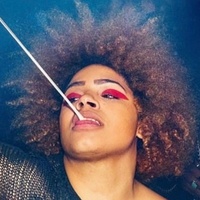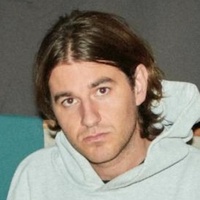On not limiting yourself
Conversation
On not limiting yourself
Writer, photographer, and multidisciplinary creative person Yang Shi discusses 24/7 creativity, avoiding labels, striving for wellness, and working with your community.
As told to Lauren Spear, 1921 words.
Tags: Writing, Design, Photography, Process, Identity, Collaboration, Business.
I started to make a list of all the jobs that you do, and it just kept going on and on. When you meet somebody new, and you tell them what you do, what do you say? What do you start with?
It depends. It’s always a case by case. I think of myself as a creative director, a multidisciplinary creative force. My creativity falls on a spectrum. On one side, there’s the “creative lizard,” which tends to be more introspective, process-oriented, detailed and adaptable. On the other side of the continuum, it’s what I call “creative blizzard,” when I’m in manic creative mode. I adapt my scope to fit the project.
What’s your view of “creatives”?
I get the impression that there are people who are creative by profession; they go to work from 9 to 5 and play the role of a designer or a writer for seven hours and then check out. And you have the creative people who embody creativity 24/7. You can see it in the way they express themselves, interact with people and objects, and how they experience the world around them They feel the world. They are porous, curious and open to their surroundings. It’s real, you can’t fake that kind of creative spirit.
What do you think of labels in the creative industry?
I don’t want to be labelled. As a creative person, I want to be fluid, constantly adapting and flexible. The word “fluidity” has been applied to gender and sexual orientation discourse, and it can also be applied to creativity. Professionally, socially, and culturally, we can be fluid as well.
Does it feel like a bit freeing to extend yourself beyond labels?
Labels are limiting and I don’t want to limit myself. When I was younger, I was very insecure because people didn’t know how to categorize me, and it was very frustrating. My identity is very complex, especially when it comes to my background as a first-generation Chinese immigrant. But as I’ve gotten older, I don’t really care what other people think anymore and I’ve learned to embrace the intersecting nature of who I am.
I think allowing yourself to live without labels means that you can expand.
Yes, exactly! I truly believe that we are all human beings capable of doing so many great things. So why limit ourselves? When we limit ourselves, we create this psychological block. “Oh I’m just that, so I can only do that.” There’s this theory in psychology about two mindsets—the fixed mindset and the incremental mindset. With the fixed mindset, when you face a challenge or a problem, instead of trying to find a solution, you bail. The incremental mindset focuses on expansion and finding solutions. In the realm of creativity, I see two types of people, fixed and progressive. The latter is the key to expansion.
Recently where have you found expansion for yourself?
Right now? I think it’s just doing what I love. And also people, I love people. I love talking to my friends (or even strangers) about their projects or what they are passionate about. It really inspires me and feeds me. The more people I meet, the more I find my expansion. I also find great fulfillment in being able to work with others and create a dialogue. Through leadership, I am able to express my ideas and thrive working with a team.
I know you work a lot with your partner Jean-Guillaume. Can you talk about that working relationship and the roles that you take on?
Yes, JG and I have a photo and direction studio called JG+SHI. Our process is very organic. I am a very intuitive creative, and he is there to help me bring my ideas to life. We share our moods and ideas, and then we talk about them. We also live together, we can exchange ideas while walking down the street or having dinner. Usually, when you get together to work, you may be stuck in a room, but we are able to constantly think about the environment we are in.
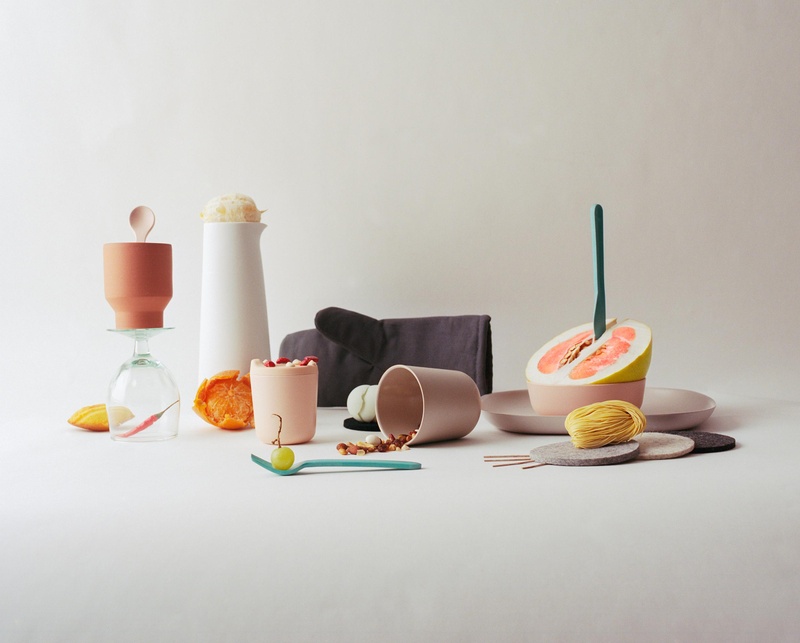
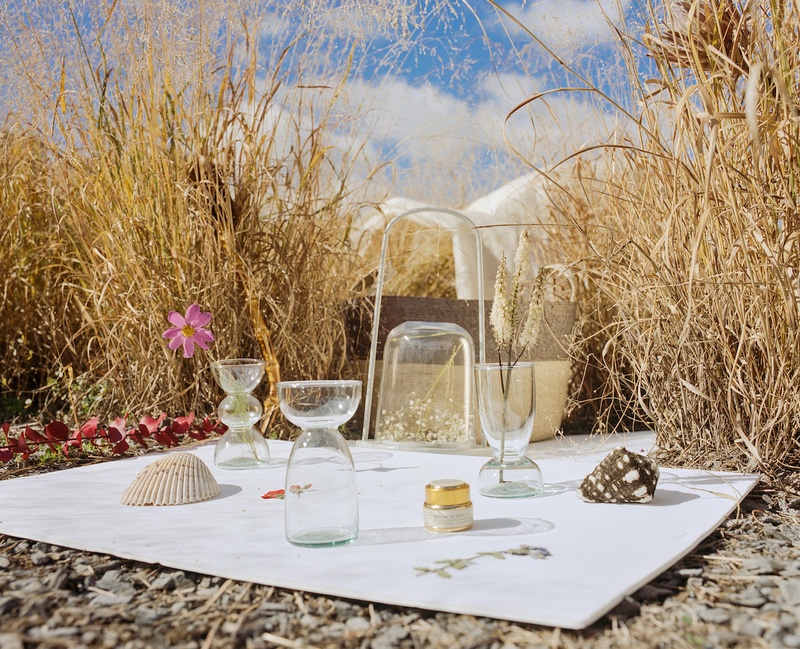
from Goodee - Christmas Campaign
Can you tell me how storytelling plays a part in your work?
I love storytelling in all its expressions. Whether it’s photos I take, words I write, or a film I make, I really focus on how the narrative will play out underneath. I have to admit that it’s hard for me to do something that is purely aesthetic. One of the most recurring themes that I constantly gravitate towards is the plight of the outsider. Coming to Canada from China, I was an outsider my whole life. I didn’t speak the language and I looked different (I still do). When it comes to the fate of the outsider, there are two general outcomes: those who try to conform and those who resist. There are so many versions of this story and, therefore, countless ways to explore the subject.
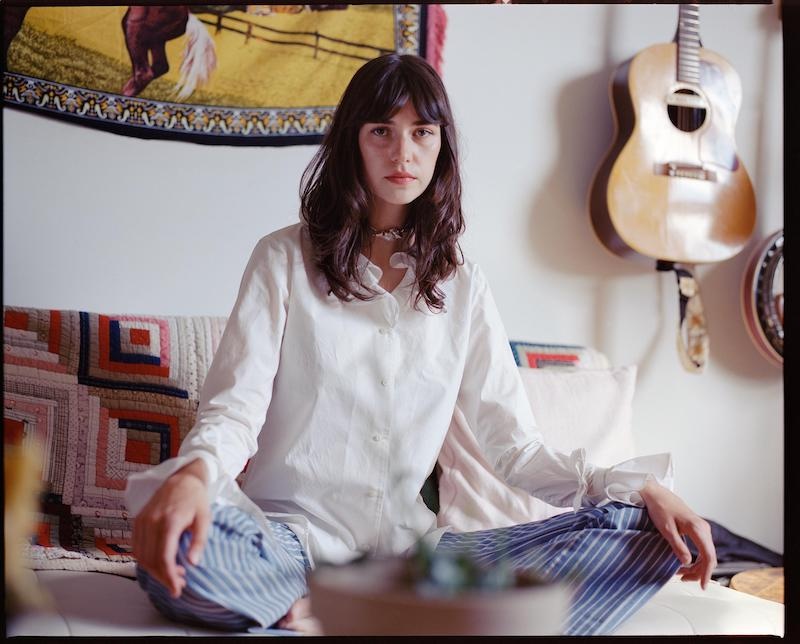
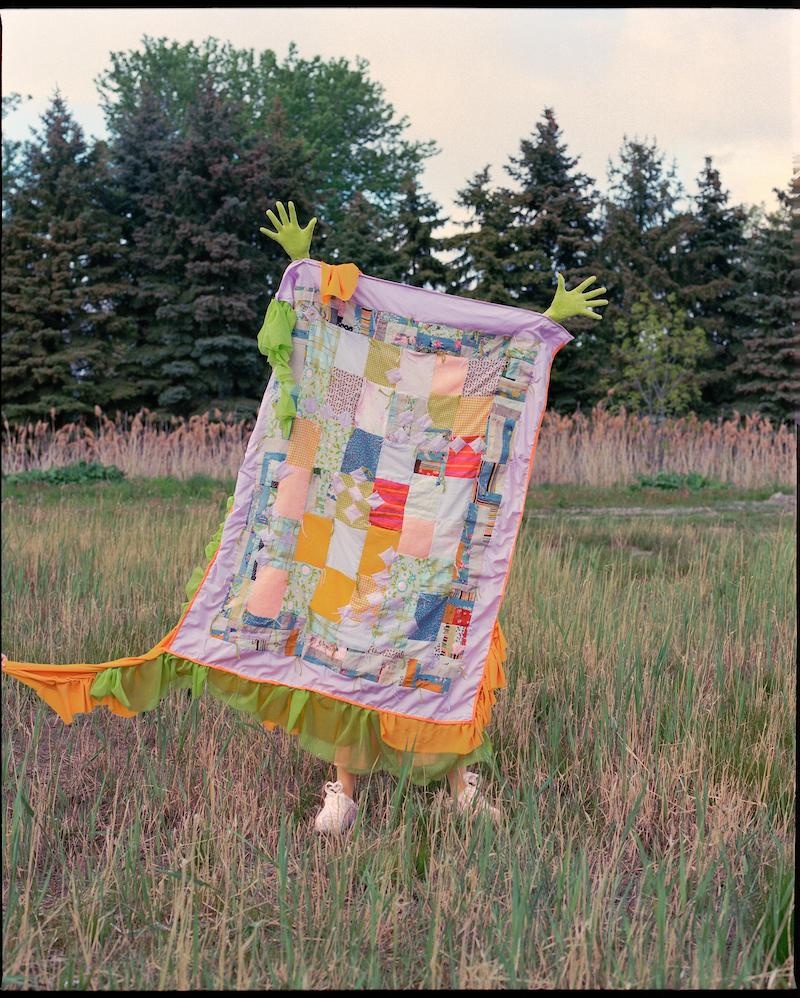
Le Ren Leftovers Photoshoot
I feel like this relates to the album artwork you shot for the artist Donavan. Can you discuss that project?
On the album cover, you see someone from behind, and they are wearing a pink wig. As a movie buff, I’ve always been fascinated by the pink bob in movies. You can see it in Lost In Translation and in Closer, and it always appears at a critical moment where there is a shift in the character, a loss of innocence. For example, in Closer Natalie Portman’s character wears a wig when she becomes a stripper and in Lost in Translation, Scarlett Johansson’s character wears a pink wig when she goes out to karaoke. So the iconography of the pink wig has always been something extremely potent, powerful to the audience and empowering for the wearer. When I spoke to Donovan, the artist, about the cover, he told me that the album was inspired by his search for identity and how different turns in our lives create different paths. It made us wonder “What it’s like to meet your alter ego? Someone who has chosen a different path?” The pink bob represents this alter ego. The embrace represents this duality and the acceptance of the different parts of ourselves that make us who we are.
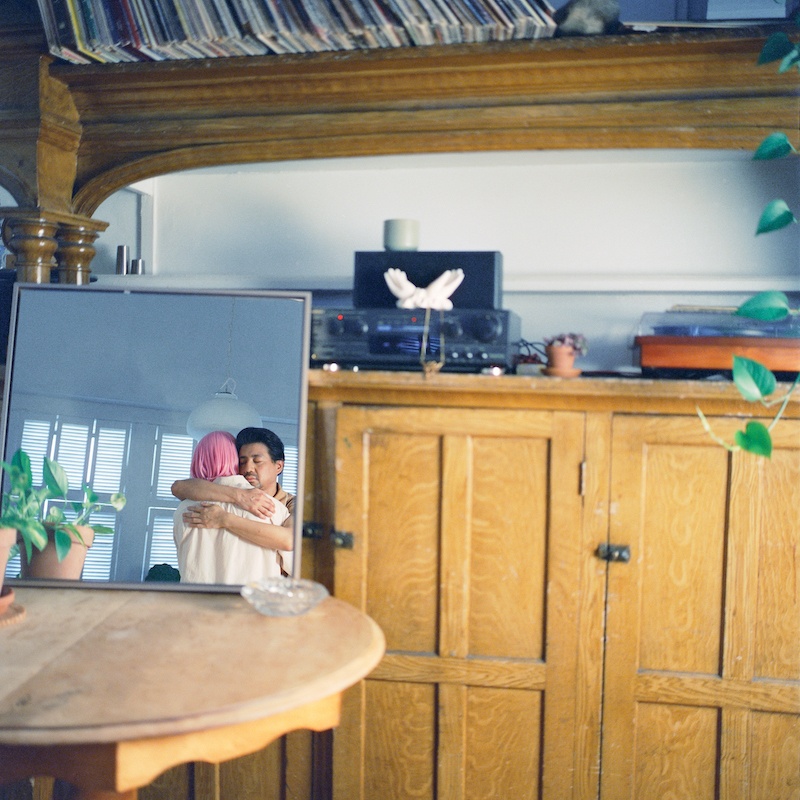
photo for Visrei - Miroirs (album)
You were telling me about something that you directed recently. Can you discuss this?
I’ve been working on a platform called “For Tomorrow” with the United Nations Development Programme and Hyundai, which celebrates grassroots innovators. Grassroots here means bottom-up solutions that show human ingenuity and resilience. We also made a film featuring grassroots innovators from around the world. For instance, there were a wheelchair-bound disability rights activist in Azerbaijan who created a service app for a more inclusive public transportation system and a self-taught engineer in Sierra Leone who built a solar-powered car out of bamboo and trash.
For this movie, I wrote and directed a promotional video with BTS, the K-pop band, that’s always been very vocal in supporting and amplifying different communities. It was crazy because when we posted it on Youtube, we got a 1M after three days and had insane engagement from around the world. It was really moving because it showed the power of grassroots and how they inspire community members to empower each other.
As a creative person, I want to be able to inspire others through my work. At the end of the day, in everything I make I want to give back to my community.
Talking about giving back to communities, you are also one of the lead editors behind Sticky Rice magazine. Can you tell me about that?
Writing and editing for Sticky Rice—a magazine that empowers Asian creatives—is a way for me to feel connected to my community at large. I want to show young creatives what’s possible, especially when they don’t fit into the mainstream mould. As an editor, I work in my third language (English) and I recognize that this is already a major step. I know it sounds cheesy, but I want to be this role model that I didn’t meet when I was younger. I think I’m becoming one and that’s how I’m going to raise the bar for the next generation.
What are the challenges?
I don’t have the same opportunities as my white peers. I am part of a system that supports, promotes, and encourages people who look like them. To pave the road, I need to show others like me that it is possible to succeed as an outsider because I have made it so far. The journey will be different and more difficult. There’s no roadmap. You have to have faith in yourself, your allies and your community.
I also feel like that goes back to what you said at the beginning of our conversation about being limitless.
Exactly. If you look at a guy on stage with a guitar, it isn’t breaking any new ground. But if i keep comparing myself to him, I might be stuck in frustration because I’ll never be him. I think it’s important to not let all this get over your head. Choose your battle, know your worth. Don’t be afraid to call things out, or else they will never change. Beyond that, you also have to work to bring solutions and rally people to fight together. That’ why when I work on a project, I rarely work alone, I always create with my team. The same thing applies for a cause. You have to fight together to be heard, to be seen.
It seems like you’re always working, working, working and you don’t stop. I’m wondering how you find peace?
I do burn out because I have a hard time setting limits. It’s overwhelming, but I love it. I love everything I do because I’m so passionate. I think a good way to reach peace is to surround yourself with people who are complementary and grounded. My partner JG, he’s very calm and down to earth so he doesn’t exhaust my energy. Where you put your energy, you will receive energy back.
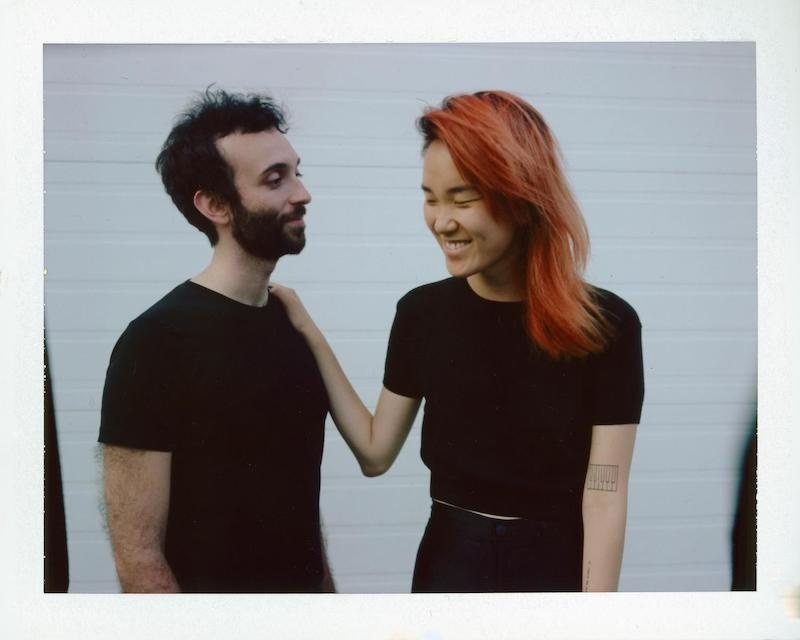
JG and Yang Shi of JG + SHI
What advice would you give to other creative people?
The best advice I would give to other creative people is to strive for wellness. It is key to be physically, mentally, and psychologically healthy, because when you are not well and you’re trying to create, it is useless. You have to practice mindfulness, too. As a creative community, mindfulness extends to having empathy for others. That’s what you need for this creative community to flourish and to be healthy. And that’s something I’ve been learning, and that’s part of my expansion to harness wellness, mindfulness, and empathy so we can be the best we’ve ever been.
Yang Shi Recommends:
Mount Gay Rum ice cream and raisin from Frosteez
Playing piano when it’s raining
The Lobster by Yorgos Lanthimos
Louisiana Museum of Modern Art
Trouble will find me by the National
- Name
- Yang Shi
- Vocation
- writer, editor, co-founder photo and art direction duo JG + SHI
Some Things
Pagination
